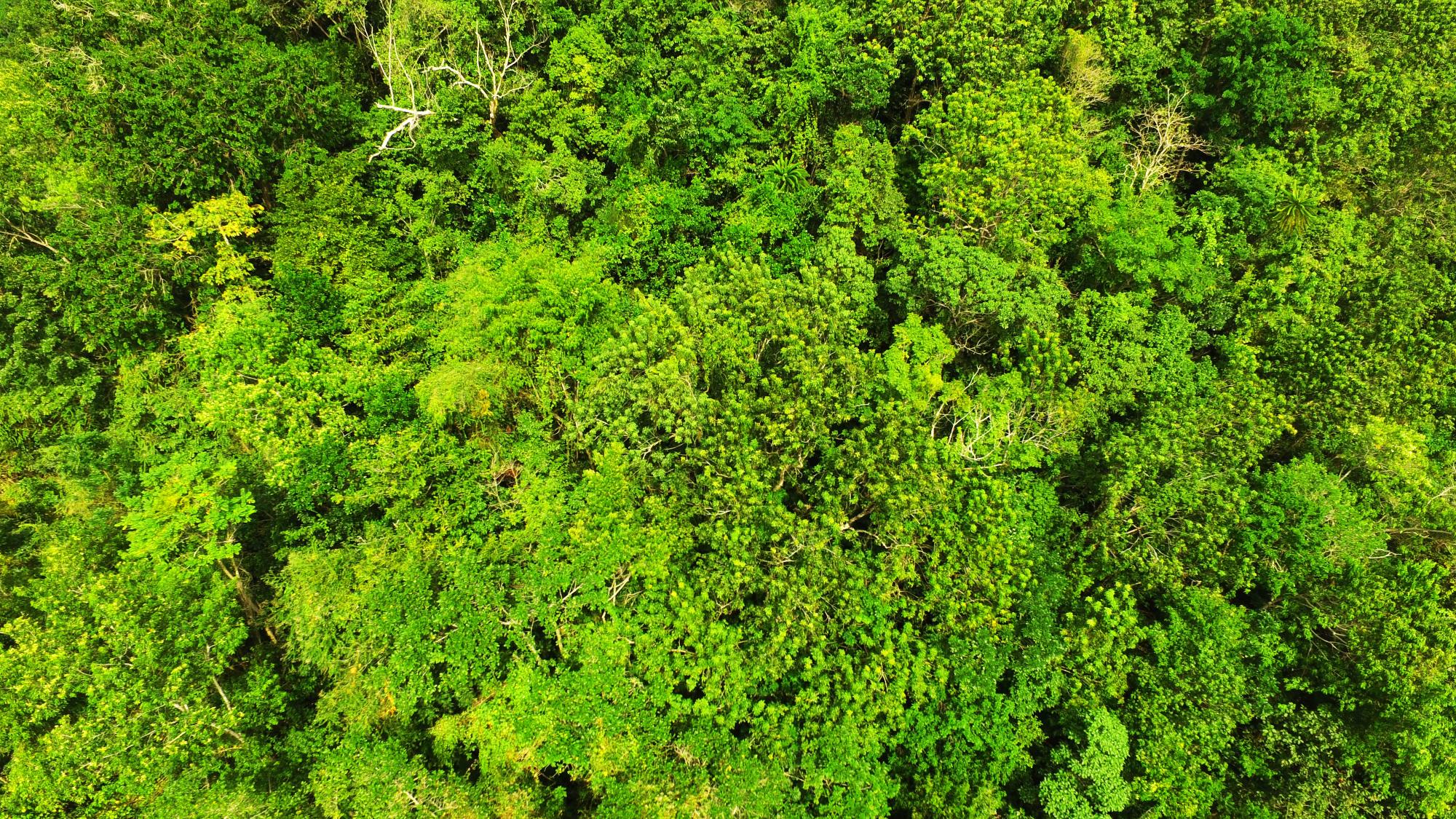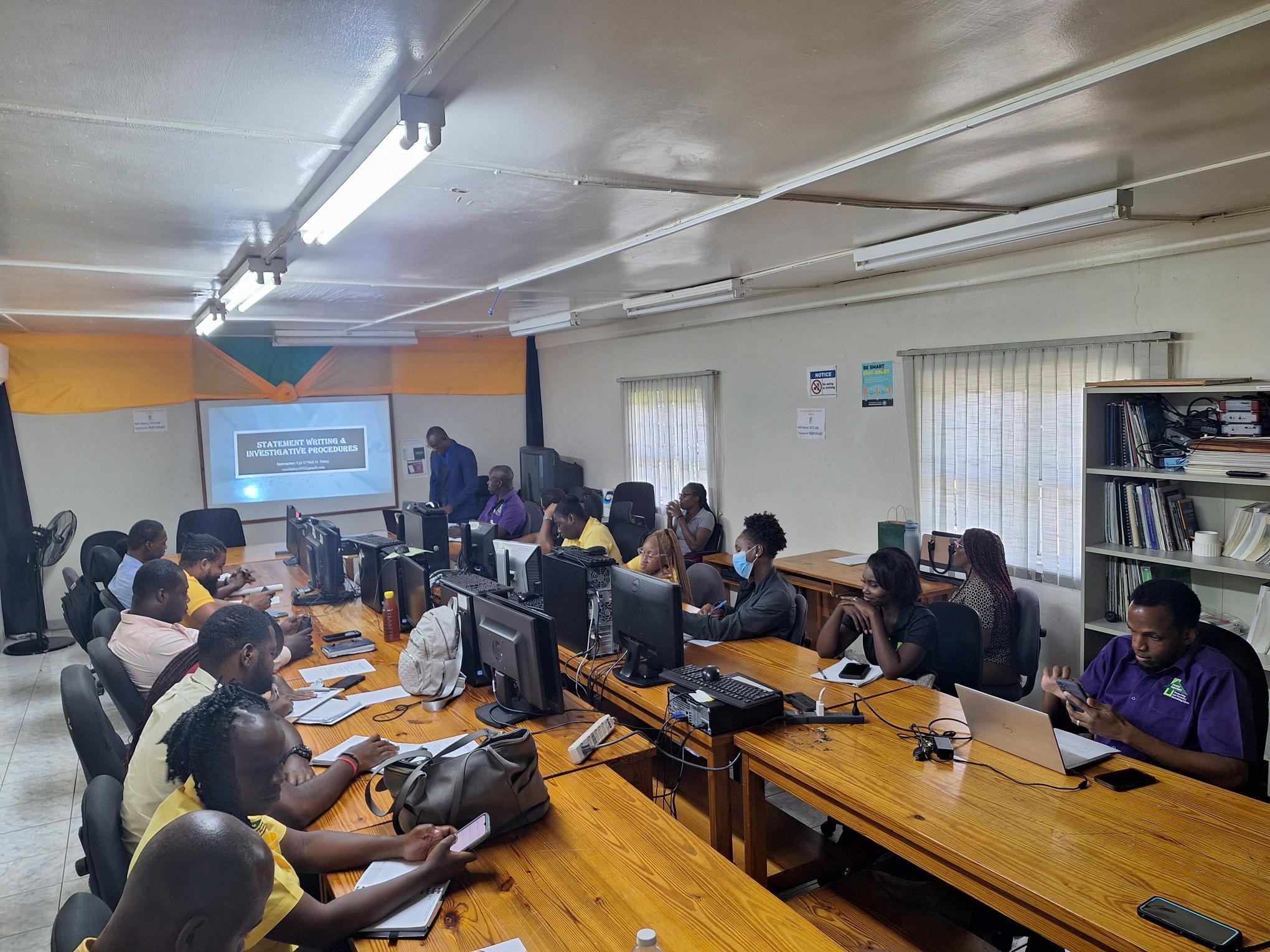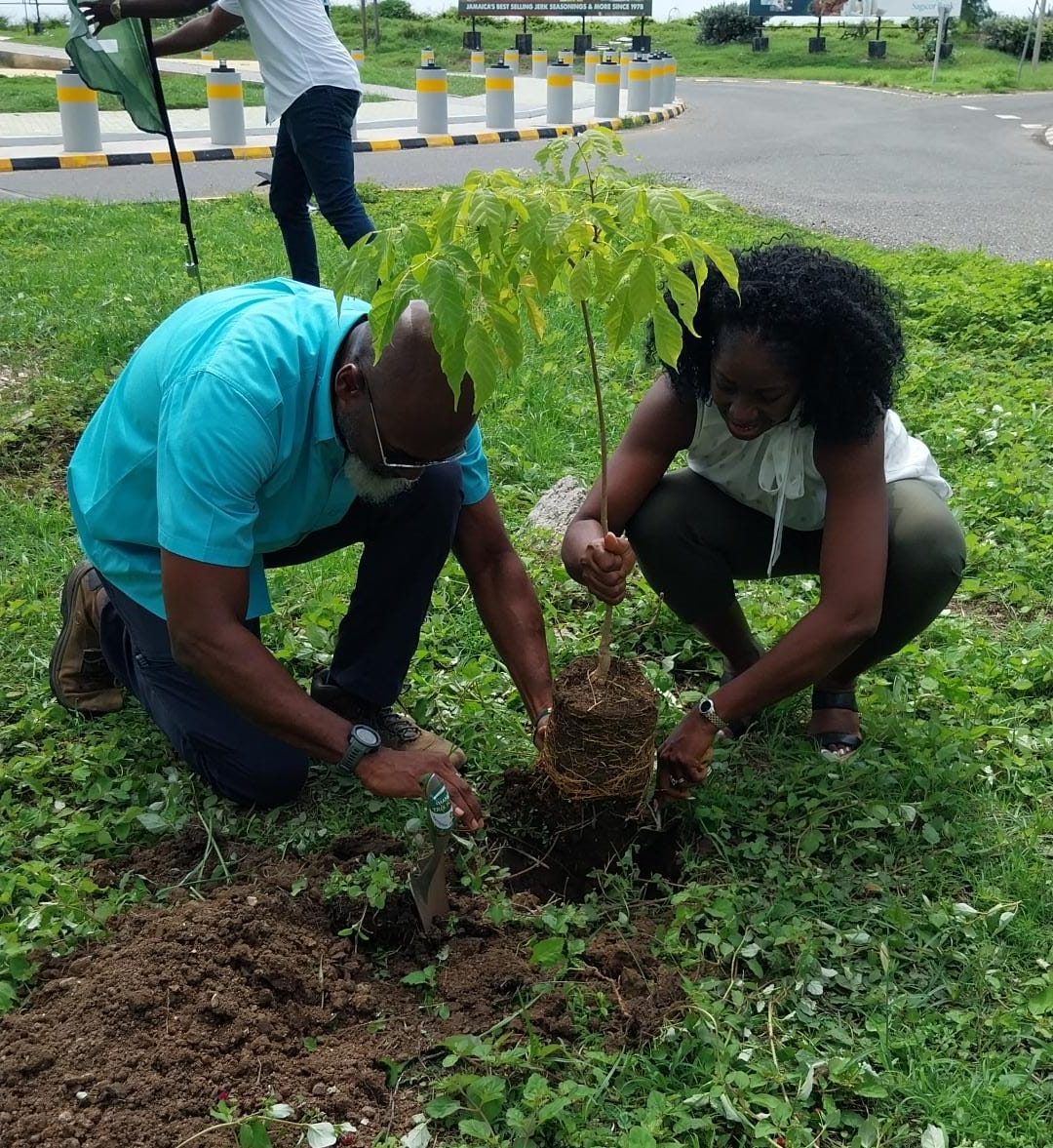The Jamaican Mangrove Situation
In 2021, the Forestry Department completed an island-wide assessment of nearly 14,000 hectares of mangrove and swamp ecosystems. The assessment was to inform a National Mangrove Management Plan which is currently being developed to ensure the longevity and maintenance of these valuable forest types.
The emergence of the European Union’s Budget Support Programme has allowed the Agency to carry out the required activities needed to produce the management plan which will ensure that all environmental, social, and economic impacts associated with the decline and degradation of mangroves are addressed.
Mangrove and swamp forests are among the most vulnerable forest types facing threats from both natural disasters and man-made disturbances. Over a 15-year period, both classes cumulatively lost 2123 hectares. Principal Director, Forest Science & Technology Services, Donna Lowe, says these ecosystems provide critical services that if lost, would increase Jamaica’s vulnerability to the effects of climate change and other issues related to low biodiversity as mangroves serve as breeding, feeding, and nursery grounds for many estuarine and marine organisms.
“Mangroves provide essential services such as shoreline protection, they also increase the buffering capacity against flooding and wind damage in the instances of natural disasters, reduce salt intrusion in coastal areas and siltation of coral reefs, ports, and shipping lanes,” Miss Lowe shared.
Miss Lowe further noted that the ecosystem has a very large unexplored potential for natural products useful for medicinal purposes and also for salt production, apiculture, fuel, and fodder.
One of the anthropogenic (man-made) activities impacting mangroves, in particular, is the unsustainable extraction of its resources for construction, yam sticks, artisanal fish pots, small-scale farming, charcoal production and also for use as firewood. Infrastructure developments such as the construction of hotels as well as road rehabilitation are two other major activities impacting mangroves.
Miss Lowe notes says the assessment revealed that St. Ann has the highest mortality rate of 37.2% followed by St. Thomas at 33.5% and St. Catherine at 29.9%.
“The main driver for St Ann’s high rate is buildings and infrastructure development which includes the construction of hotels, while the high rate of mangrove loss in St. Thomas and St. Catherine is caused by industry expansion in aquaculture and sugar cane,” she noted.
Clarendon and St. Catherine cumulatively have 43% of mangroves island-wide while St. Ann and St. James account for only 2%, cumulatively. Westmoreland has 14% more mangrove forest cover than Hanover while Portland and St. Mary show the least verified hectares.
Miss Lowe says a major issue that is affecting the health and life of mangroves all across the island is direct and indirect pollution by means of dumping or by longshore drift. She says pollution acts as a stressor on the species and over time prevents the natural regeneration of mangroves.
“Kingston and St. Andrew have a relatively high pollution rate, due to accumulation of garbage within its mangrove areas and the same issue is noted in St. Catherine. St. Mary’s low pollution rate is related to the protective effect of a honeycomb lattice of limestone that surrounds the assessed mangrove areas and even though the total mangrove area of St. Ann is similar in size to that of St. Mary, it displayed a pollution rate 30 times more,” Miss Lowe shared.
She noted that the high level of pollution poses a threat to fish nurseries and to crocodiles. Meanwhile, the National Mangrove Management Plan will amend and/or create penalties for the unauthorized destruction and degradation of mangroves. It will also identify areas for the preservation/enhancement of conditions suitable for the flourishing of mangroves. In addition to the Plan, sustainable/best practices will be developed for coastal communities that depend on mangrove ecosystems for their livelihood to include the sustainable harvesting of mangroves for craft/fuel and creating alternate wood/lumber supply from these ecosystems.







